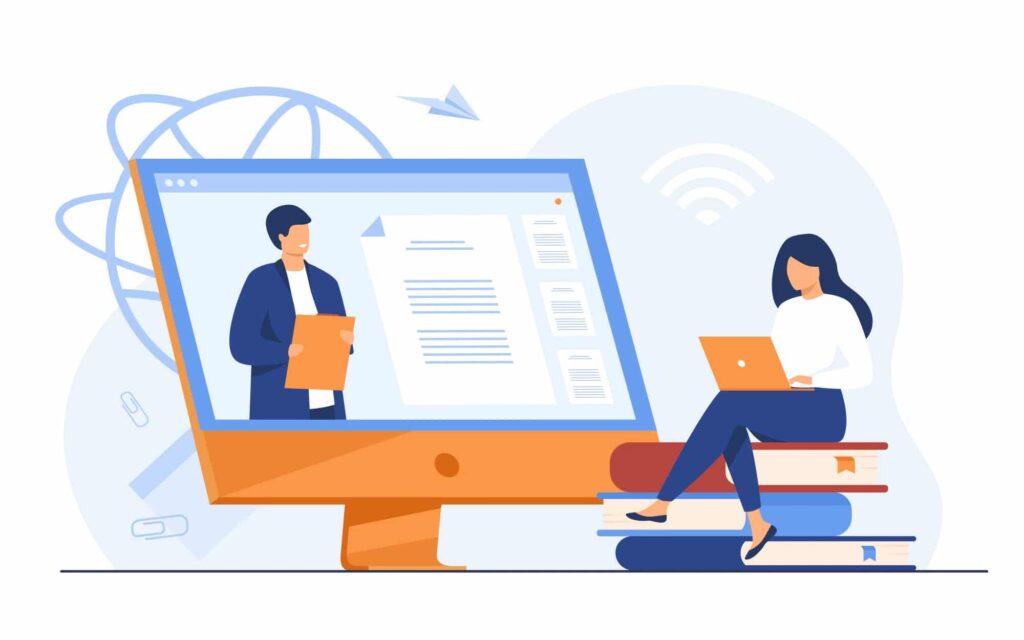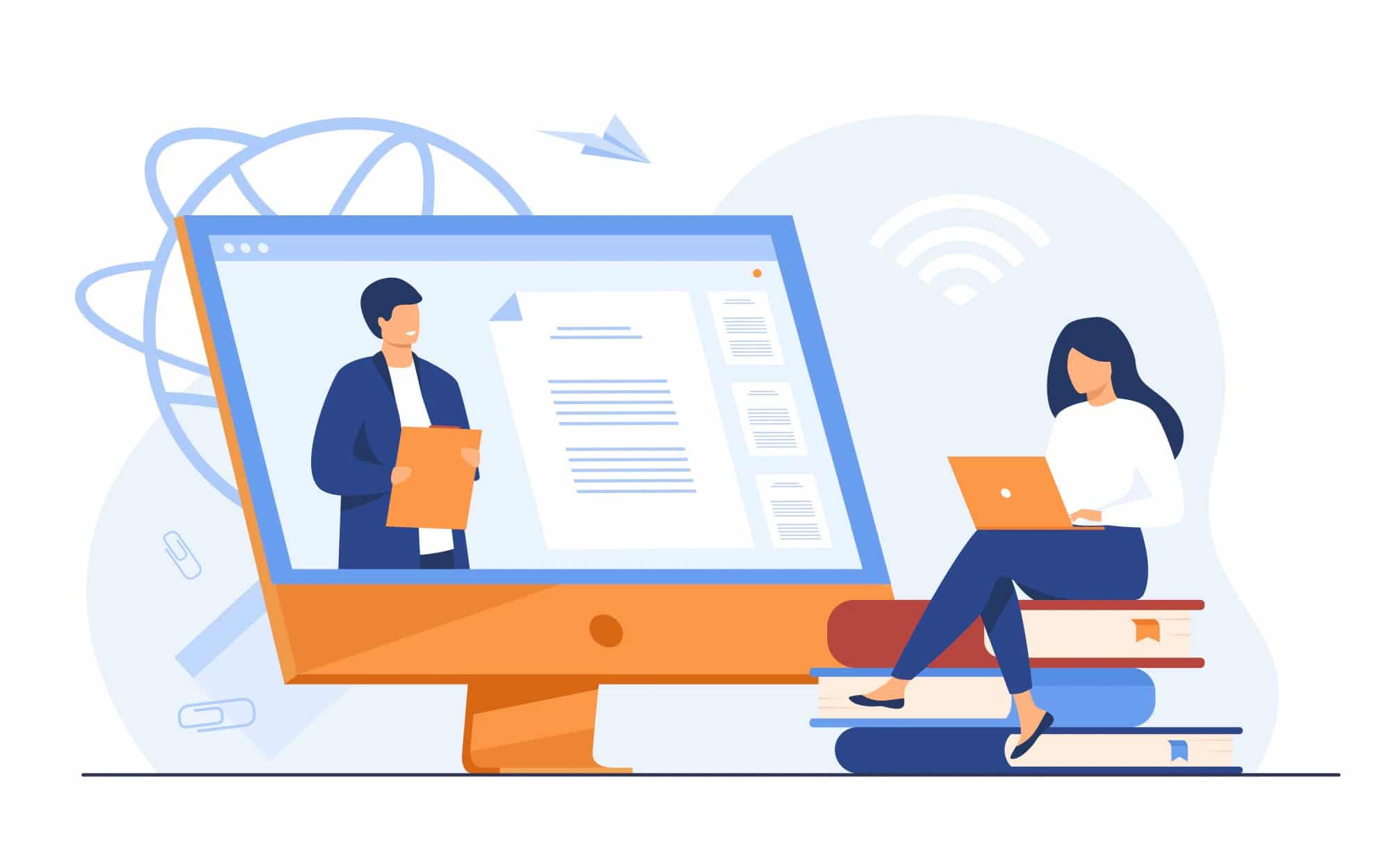The Future of Education: Revolutionizing Learning and Teaching through Technology.
Education is indeed the foundation of our society, as it provides us with the knowledge and skills we need to succeed in our personal and professional lives. However, the traditional methods of learning and teaching are rapidly changing, and technology is transforming the way we approach education.
Today, technology has opened up new avenues for learning, making education more accessible and engaging than ever before. Online courses, educational apps, and e-learning platforms have made it possible for people to learn anytime, anywhere, at their own pace, and in a way that suits their individual learning styles.

Moreover, technology has also enabled teachers to use innovative teaching methods, such as gamification, virtual reality, and personalized learning, to make lessons more interactive, fun, and effective. This has not only made learning more engaging for students but also made it easier for teachers to tailor their lessons to the needs and interests of individual students.
Additionally, technology has made education more inclusive by breaking down geographical and social barriers. Online courses and e-learning platforms have made it possible for people from all over the world to access quality education regardless of their location or background.
However, despite the many benefits of technology in education, it’s important to recognize that technology alone cannot replace the human element of teaching. Effective teaching requires not only the use of technology but also the skills and expertise of qualified and dedicated educators who can guide and support students through their learning journey.
Technology has certainly revolutionized the way we learn and teach, making education more accessible and convenient for people all around the world. The internet and mobile devices have made it possible for students to access educational resources and connect with teachers and peers from any location, at any time.
For instance, with online courses and e-learning platforms, students no longer need to be physically present in a classroom to learn. They can access lectures, tutorials, and other learning materials from anywhere, and complete assignments and assessments remotely.
Moreover, technology has also made education more personalized by allowing students to learn at their own pace and in a way that suits their individual learning styles. Online learning platforms use adaptive learning algorithms to track students’ progress and provide personalized feedback, ensuring that each student receives the support and guidance they need to succeed.
One of the most significant ways technology is changing the way we learn is through online learning. Online courses and programs have become increasingly popular, offering students the flexibility to learn on their own schedule and at their own pace. This has made education more accessible to people who may not have the time or resources to attend traditional, in-person classes.
Online learning has also made it possible for individuals to earn degrees and certifications from some of the world’s top universities without having to leave their homes. This has opened up new opportunities for people who may not have access to higher education, whether due to financial or geographic barriers.
Another way technology is changing the way we learn is through personalized learning. Advances in technology have made it possible to tailor educational content to individual learners’ needs, interests, and learning styles. Adaptive learning software can track a student’s progress and adjust the curriculum to their level of understanding, providing them with personalized feedback and support.
In addition to making education more accessible and personalized, technology has also opened up new possibilities for immersive and interactive learning experiences. With the use of virtual reality (VR) and augmented reality (AR) technologies, educators can create realistic simulations and experiences that provide students with hands-on learning opportunities that might not have been possible otherwise. These technologies allow students to explore and interact with virtual environments, objects, and phenomena, providing a more engaging and memorable learning experience. Whether it’s exploring historical landmarks or practicing surgical procedures, the use of VR and AR in education has the potential to transform the way we learn and teach, and provide students with a deeper understanding of complex concepts and ideas.
Technology has also revolutionized the way we teach. Teachers can use technology to create engaging and interactive lessons that can capture students’ attention and help them learn more effectively. They can use online tools and platforms to collaborate with other educators, share resources, and create a community of learners.
Moreover, technology has made it possible to bridge the gap between classrooms and students from different parts of the world. With video conferencing and other communication tools, teachers can connect with students in real-time, regardless of where they are located. This has made it possible for students to learn from experts and educators from around the world, broadening their perspectives and enriching their learning experiences.
However, there are also challenges that come with the integration of technology in education. One of the biggest challenges is the digital divide, where some students may not have access to the technology or the internet needed to participate in online learning. This has highlighted the need for greater investment in digital infrastructure and access to technology for all students.
Additionally, there are concerns about the quality of online learning programs and the potential for a lack of interaction between students and teachers. Online learning can also require a high level of self-motivation and discipline, which can be challenging for some learners.
As we move towards a future where technology plays an increasingly important role in education, it is important to ensure that we strike a balance between the benefits and challenges of technology. We must continue to invest in digital infrastructure and access to technology, while also ensuring that online learning programs are of high quality and that students have access to the support they need to succeed.
While technology has undoubtedly revolutionized education, it is important to remember that it is only a tool, and that its impact ultimately depends on how we use it. As we continue to integrate technology into education, we must be mindful of its limitations and challenges, and strive to create an education system that benefits all learners. By using technology in a thoughtful, intentional way, we can create a more equitable, accessible, and personalized education system that prepares students for success in the digital age. It is up to us to ensure that technology is used to enhance, rather than replace, the human connection and engagement that is essential to effective teaching and learning.
Image Source : Artificial Intelligence







